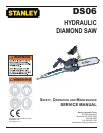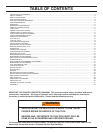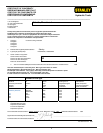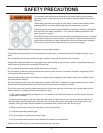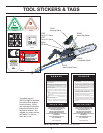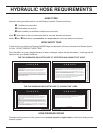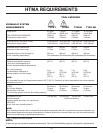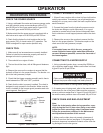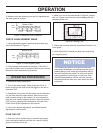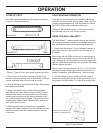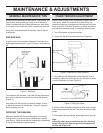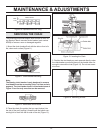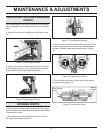
7
• Remove or control the water slurry to prevent yourself or others from slipping while cutting.
• Provide adequate ventilation in closed areas when operating a gas or diesel hydraulic power source.
• Always be well rested and mentally alert before operating the chain saw.
• Do not allow bystanders near the chain saw when starting or cutting.
• Do not start cutting until you have a clear work area and secure footing.
• Keep all parts of the body away from the chain saw during operation.
• Carry the chain saw with the tool deenergized and the bar and chain to the rear of your body.
• Do not operate a chain saw that is damaged, improperly adjusted, or not completely and securely assembled. Make
sure the chain stops moving when the control trigger is released.
• Keep the handle dry, clean and free of hydraulic fl uid.
• Do not use the chain saw near energized transmission lines.
• Turn off the power source or move the hydraulic control valve to neutral before setting the chain saw down.
• Use a guide bar scabbard when transporting the chain saw.
• Know the location of buried or covered electrical services before starting work.
• To avoid personal injury or equipment damage, all chain saw repair, maintenance and service must only be performed
by authorized and properly trained personnel.
• Make sure the chain breaker and rivet spinner are securely mounted on fl at, clean work surfaces. Check the mounting
screws/bolts often.
• Check all chain breaker and rivet spinner components regularly for wear and general condition.
SAFETY PRECAUTIONS



